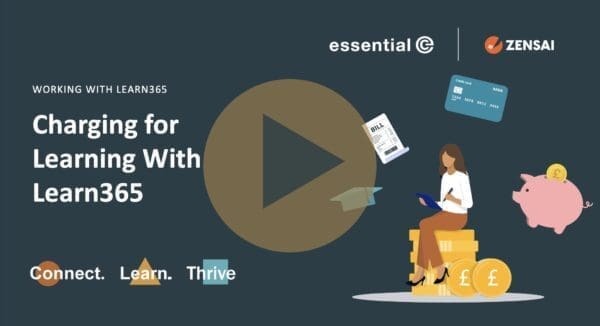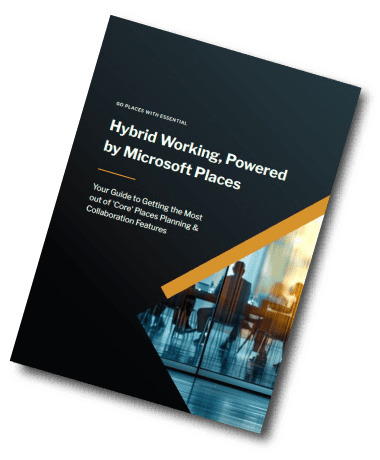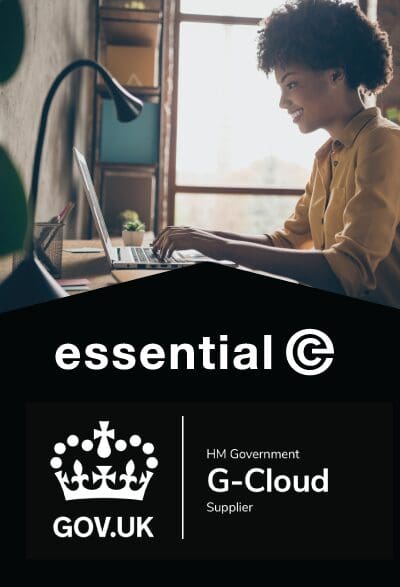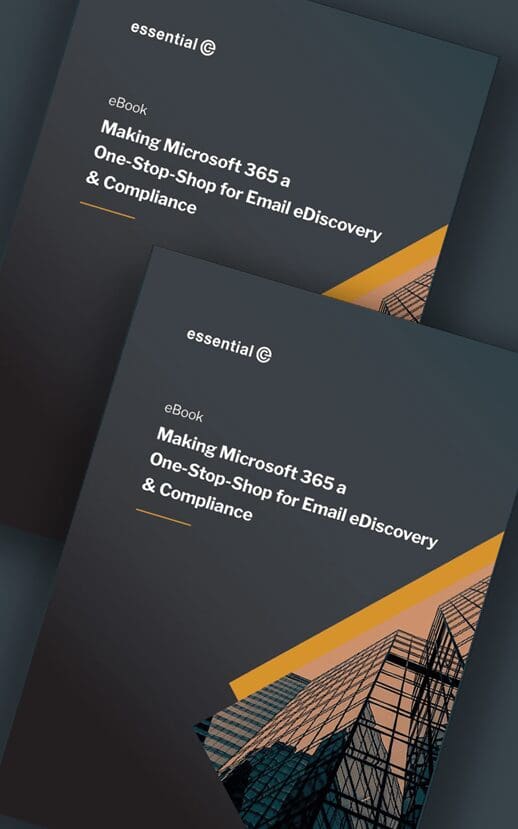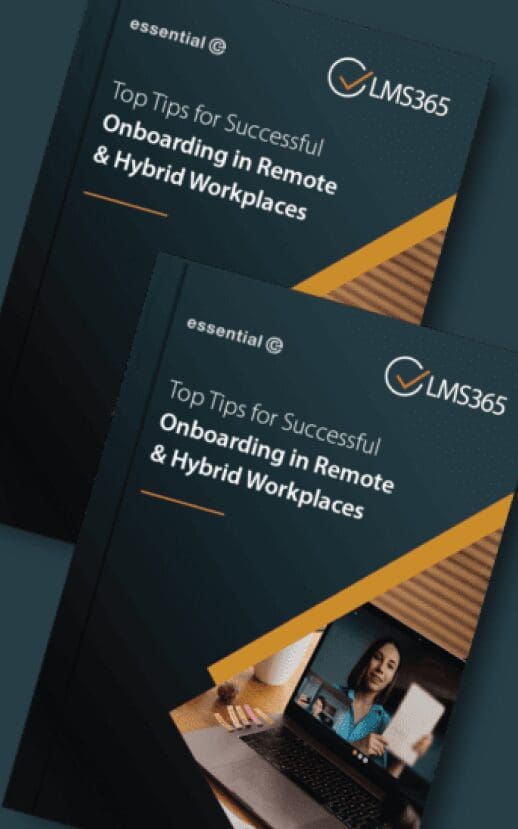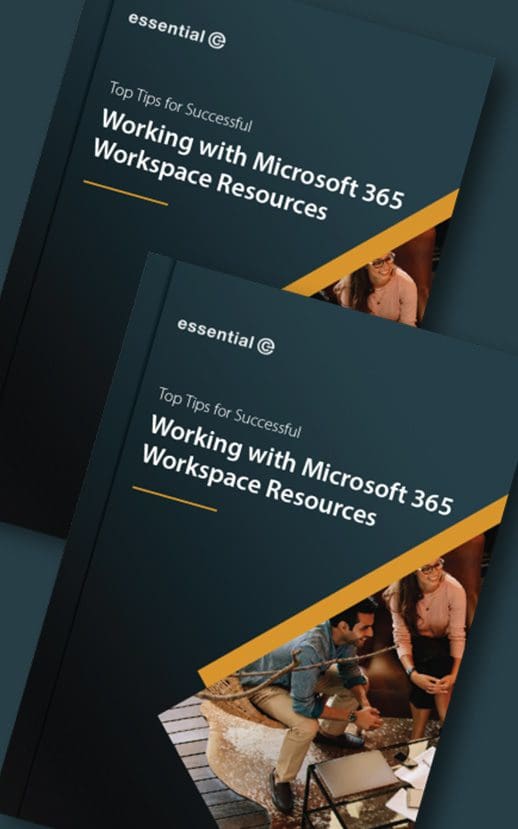Employee EngagementLearning Management
Supporting Neurodiversity in Workplace Learning & Performance: A Practical Guide for HR & L&D Leaders
In the UK, around 1 in 7 people are neurodivergent, so chances are, people in your team learn, think, and process information in ways you might not even realise.
Neurodiversity is just the natural variety in how people’s brains work. It covers conditions like dyslexia, autism, ADHD, dyspraxia, dyscalculia*, and more.
*A learning disability that affects a person’s ability to understand and process number-based information and maths
Supporting neurodiverse colleagues isn’t a ‘nice to have’ – it’s essential. Embracing neurodiversity in your workforce is great for innovation and good for business. When you include different ways of thinking, you open the door to real outside-the-box solutions.
It’s also part of your responsibility under the Equality Act 2010, which says employers must make ‘reasonable adjustments’ for disabled employees, including many who are neurodivergent.
If you’re wondering where to start, below is a straightforward guide to making your learning, performance, and engagement solutions more inclusive, with lots of simple, practical ideas you can get going with straight away.
Clear Communication: Making Things Easier for Everyone
Clear, simple communication isn’t just nice, it’s essential.
Especially for neurodiverse colleagues, too much jargon or complicated wording can turn simple tasks into major hurdles, it certainly can make my brain grind to a halt sometimes.
Here’s my top tips to make things clearer:
TIP – One of my fave AI hacks when I want to cut down on complexity – REGARDLESS OF THE AUDIENCE – is to say: ‘Convert this into something a 10-year-old could easily understand’.
Keep it simple!
For example (and this is my pet peeve) instead of saying ‘leverage’, simply say ‘use’. If you must use technical terms, explain them. AI can help with this.
Keep paragraphs short.
Use bullet points. Use headings. Help people scan and digest info quickly.
Be direct.
By this I mean, don’t ‘go around the houses’ or use double negatives. For example, instead of saying ‘We wouldn’t be unhappy if you did X,” just say “We’d be happy if you did X.’
Repeat yourself.
Deliver important information in more than one way. For example, after a 1:1 feedback session, send a follow-up email to help your message ‘stick’.
Give advance notice.
If there’s changes to schedules or tasks, let people know as early as you can. Last minute changes or surprises can be overwhelming.
The Importance of Variety in Learning Content
We don’t all learn the same way. I like to read text, but others need to hear it. Some learn by doing, not just reading about it. So this is why you need to mix up the content, and even better, have the same content covered in a choice of different formats.
Here’s some ideas:
- Offer choices like written transcripts, audio, videos, infographics and where possible, let people pick what works for them. This is a great site that will help you generate infographics.
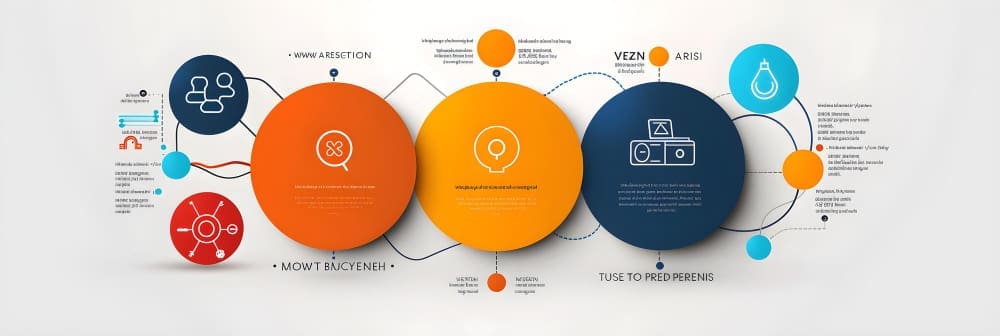
- Use interactive elements like quizzes, quick activities, and visual tasks to help people stay engaged. AI can often help L&D create interactive elements quickly once you have the ‘base content’ sorted. See our example of AI-generated learning content and quizzes lower in this article.
- Keep it simple and don’t overload people with huge text documents when a video, diagram, or conversation could do the job better.
The Home Office’s accessibility guide puts it simply: don’t stick to one format. Give people options.
How Accessible Design Benefits Everyone
Accessibility isn’t just about ticking a box. When you design things clearly and thoughtfully, everyone benefits.
Here’s some top accessibility things to consider for your learning content:
Choose fonts carefully.
Using easy to read fonts makes text easier for the brain to handle. Simple, sans-serif fonts like Arial or Calibri work well. Make sure the text is a good size. 16-18px for body text is suggested for screens, so hopefully that’s what you’re seeing when you read this blog!
Consider colours and contrast.
High contrast is good but pure black on bright white can glare. Off-white backgrounds work better. You can always check your colour-way choices here on the WCAG Contrast Checker.
Also consider colour-blindness – check out this simulator.
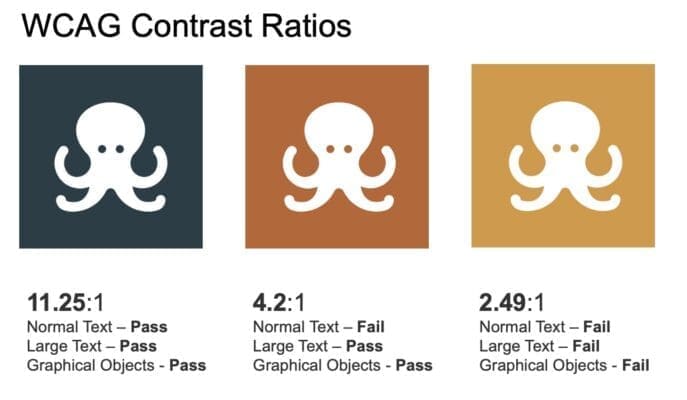
Add captions, create transcripts.
Always caption videos and provide transcripts: It’s not just for those who are deaf, lots of people absorb information better that way and we’re often viewing videos on the move or in busy offices, with the sound off!
Add ‘Alt-Text’ to images.
Adding alt text – a short description – to every image, chart, or graphic allows screen readers to describe visual content to people with vision impairments.
This text will be read by screen readers such as Jaws, helping users understand the context and meaning of what they can’t see.
TIP: Licensed images often come with default alt text that may not suit your context – always check & customise it.
Keep page layouts logical.
By this I mean using clear headings and predictable navigation. Help people to find their way without getting frustrated.
Also consider the device on which the page is most likely to be viewed. A good responsive web site design can be a solution, but if you’re creating something like a PDF, avoid long vertical columns that require constant scrolling up and down to follow the content.
Don’t be too flashy.
Go easy on animations and flashy designs, as they can overwhelm people. Clean, simple layouts are your friend!
The Importance of Feedback
Feedback is so powerful. Done badly, it can knock someone’s confidence (and goodness, don’t we always remember poorly given feedback). Done well it though can make all the difference.
We’re always speaking with organisations who are looking to find ways to improve staff engagement, bearing in mind that often 1:1s are being handled by ‘accidental managers’ who may have little management training.
Here are some of the top tips gleaned from the experts:
Stop being so British!
By that I mean, be direct, but not harsh in your tone and words you use. For example, saying, ‘It’s important to arrive by 9 AM’ is better than saying ‘You might want to consider…’ ….’Would you mind awfully if ….’
Keep it short and more regular.
The experts suggest you ‘bin off’ the annual approach in favour of little and often conversations to review and give (and receive) feedback quickly. One big annual chat doesn’t help course-correct in the moment. Quick, timely feedback is easier and more effective for everyone.
Reinforce your messaging.
For example, following up a check-in with a quick email summary helps people process it later – especially if the person on the ‘receiving end’ felt overwhelmed at the time, which can affect how folk absorb information.
Ask people how they like to get feedback.
Some want it ‘blunt’. Some need time to process. Asking and making notes of what works for each member of the team will save huge amounts of time later down the line in terms of worry or misunderstanding.
On a similar point, in-person meetings can be helpful for some neurodivergent individuals- especially when they’re well-structured and consider sensory or social needs. But for others, online meetings may reduce anxiety or overstimulation and offer more comfort. The key is flexibility and asking what works best.
Assistive Technology: Everyday Tools That Help
You might be ‘sitting on’ more accessibility support than you think, especially if you already use Microsoft 365.
Built-in tools like Immersive Reader, speech-to-text, and screen readers can help neurodiverse colleagues focus, process, and contribute more easily. But the real game-changer now is AI.
Generative AI is making it faster and easier than ever to repurpose learning content into different formats. I use Copilot all the time to summarise key points from Teams meetings, which, of course, is great for an email follow up to reinforce key points and actions.
AI can summarise a long document easily, turn it into a video script, or generate quiz questions to support understanding. AI can also help you generate the same learnig content into different formats.
For example, if you’re creating a how-to guide, AI can help you turn it into a short explainer video, an infographic, or a narrated walkthrough in minutes.
That kind of flexibility is huge for neurodivergent learners – but also a great time-saver for the folks creating the content in the first place.
Check out this fun video that demonstrates how AI can be used in the context of our LMS for Microsoft 365 to automatically generate a course and a quiz from an uploaded video.
Many Learning/engagement/performance platforms now include AI to adapt content for different users. In your every day apps, Microsoft Copilot (if licenced) is built into the tools your teams already use, and can help reformat, simplify or explain content on-the-fly.
You don’t need to be a technology expert to start using AI. Just explore what your existing platforms can do and don’t be afraid to start experimenting. AI can’t replace thoughtful design, but it can help make learning and communication more flexible, personalised, and inclusive, without overwhelming the creators.
Other ‘top tips’
Apart from leaning on AI tools, here’s my other practical tips to ensure you’re supporting neurodiversity in the workplace:
Give your learning materials a regular MOT.
Take a fresh look at your content through someone else’s eyes. Can screen readers interpret those infographics? Is there meaningful alt text on your images? Try navigating through a course using only your keyboard – no mouse allowed! You’ll quickly spot gaps that might be frustrating for team members with different needs.
Create feedback loops that actually work.
The best way to know if your accessibility efforts are hitting the mark? Just ask! Create safe spaces in team calls or meetings for your team to share what’s working well and what’s still tripping them up. Sometimes it’s the small things, like font choices or colour contrasts that make the biggest difference.
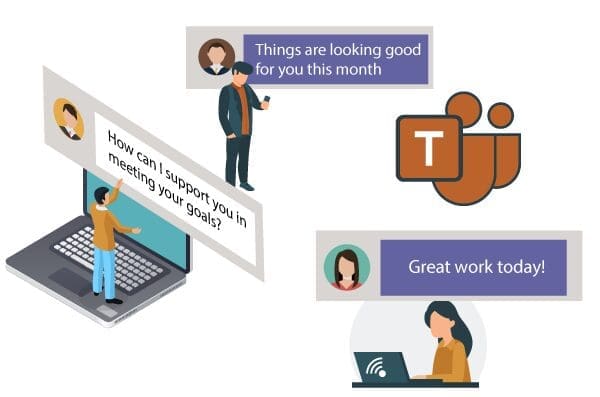
Recognise that needs evolve over time.
Someone who needed one type of support last year might benefit from something completely different now. Regular check-ins with team members about their preferences show you’re committed to their ongoing success, not just ticking a compliance box.
Keep your curiosity alive.
Accessibility standards and best practices are constantly developing. New tools are coming out all the time, and our understanding of diverse needs is growing deeper. Build time into your schedule to stay current – follow accessibility experts on LinkedIn, join webinars, or participate in online communities focused on inclusive learning.
Train your managers.
They don’t need to be experts, just equipped. A short session on neurodiversity, reasonable adjustments, and how to support different working styles can go a long way. You can get hold of great-quality content to support manager training, so you don’t need to reinvent the wheel. A bit of training can help your teams navigate situations they may not otherwise feel equipped to handle.
In Summary
Supporting neurodiversity isn’t just about meeting legal obligations, it’s about unlocking the full potential of your people. When we create environments where everyone can thrive regardless of how they process information, we foster innovation, enhance problem-solving, and build more resilient teams.
The little adjustments suggested throughout this guide, from clearer communication to flexible learning formats will benefit everyone, not just neurodivergent colleagues. Remember that inclusion isn’t a one-time project but an ongoing journey of listening, adapting, and growing together, imperfectly figuring out better ways to communicate and learn.
By embracing the natural variety in how people’s brains work, we can create workplaces that are not only more accessible but also more creative, productive, and human-centered. Places people want to come and be part of – and that sounds good to me!
Want to learn more about our learning & engagement solution for Microsoft 365?
Get in touch to arrange a chat or a demonstration.




